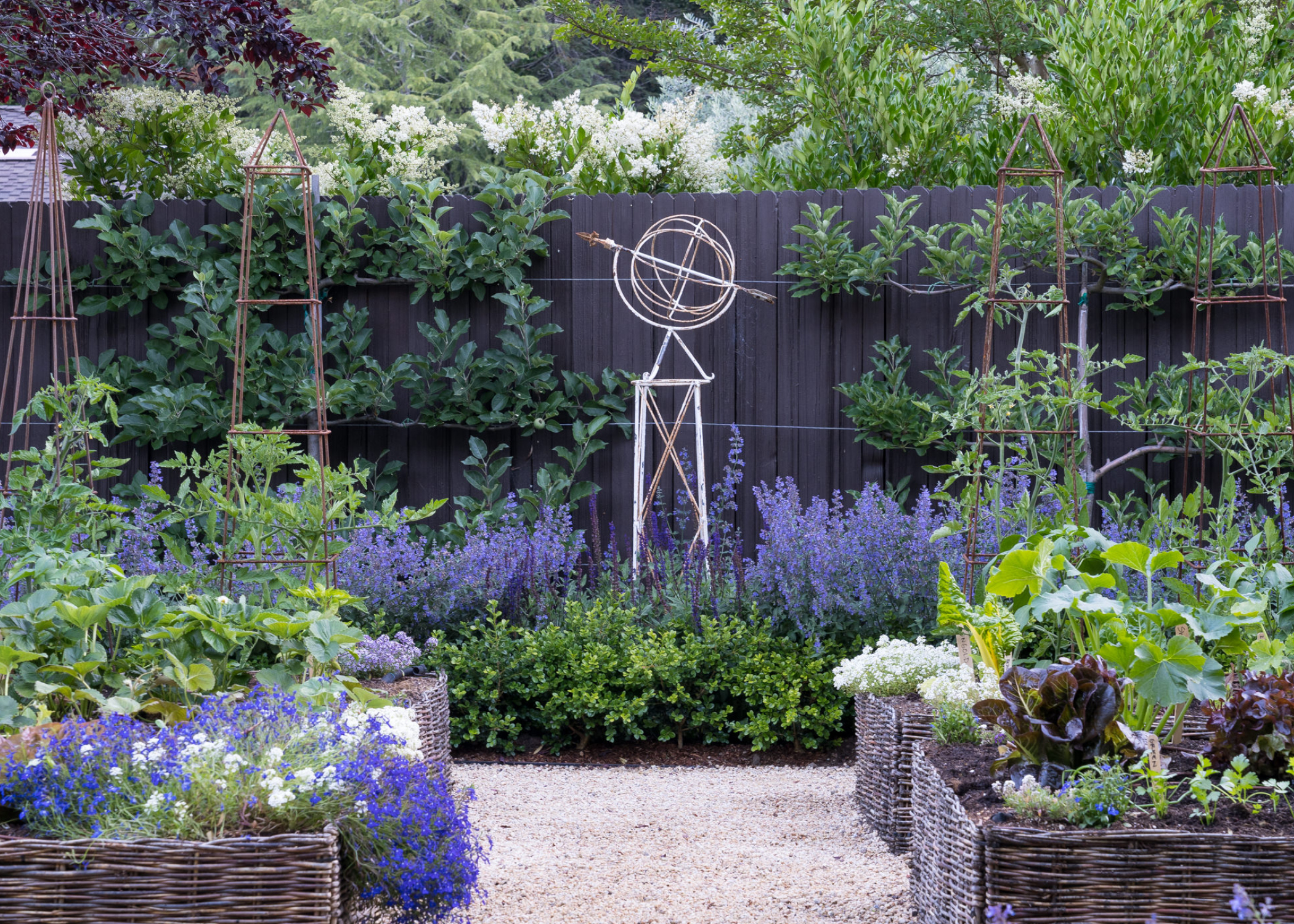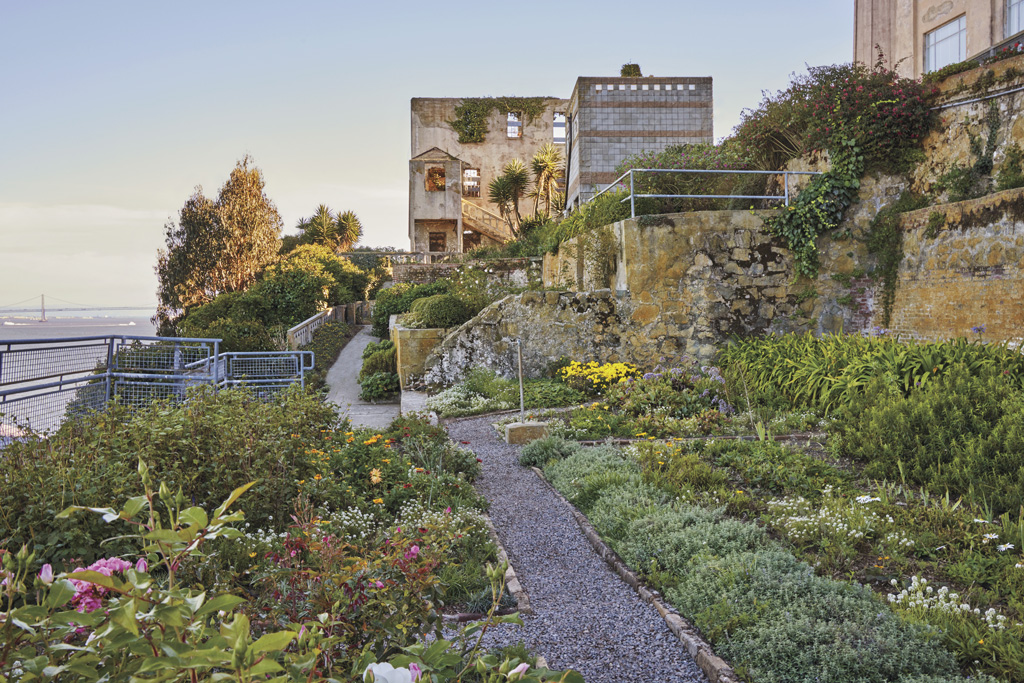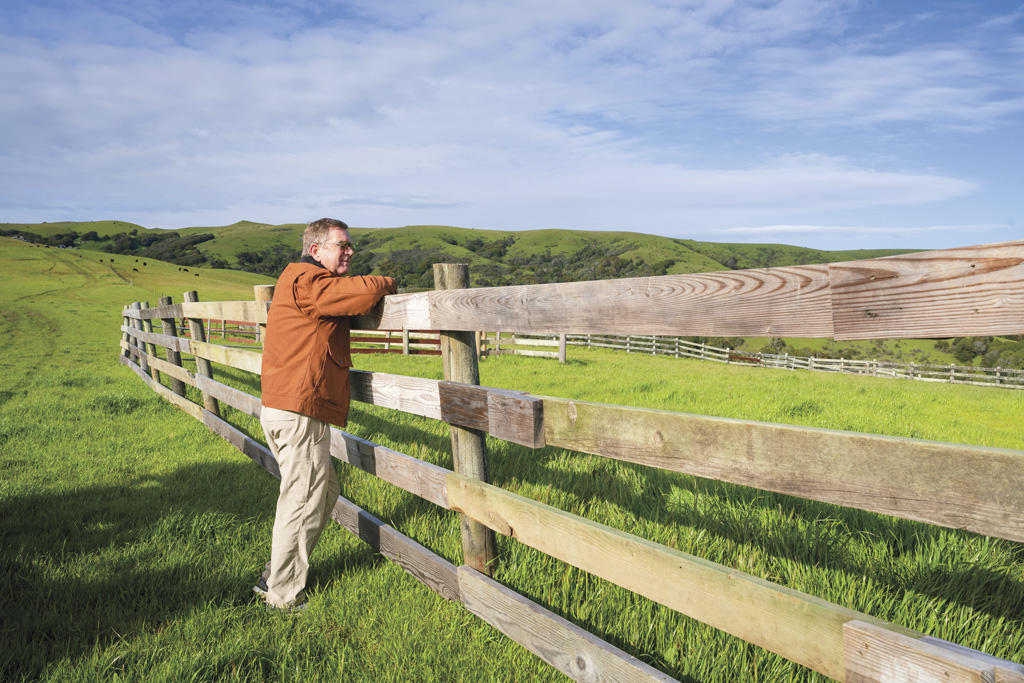Winter is almost here and with the chilly weather comes rain and frost. Not ideal for planting, but should you ignore your garden entirely until February? Absolutely not. In fact, November and December are the best times to prepare for spring, and there are several steps you can take that will enhance your garden come March. From cleanup to compost, here are four things you can do this winter to ensure a plentiful spring garden.
Remove Summer Remnants
The first step in transitioning to winter is to clear out all the tired summer plants from your garden beds and compost them. This isn’t just for looks, although that’s definitely a perk; cleaning up old plants is crucial because it helps prevent fungal and bacterial disease and it will stop aphids and other critter infestations. If your summer garden suffered from severe fungal diseases, we recommend you dispose of infected plants in your green bin rather than a home composting system where the fungi might find its way back into your garden when you use the compost.
Prune the Perennials
Be sure to finish up pruning projects before February when things begin to bud again. Fruit trees should be first. And while you don’t have to hire a professional to prune, it’s worth the cost to insure strong form and prolific fruiting. Edible perennials such as berries, grapes and other vines need pruning too, each in their own particular way. Roses and other edible flowers should be deadheaded and pruned back, which will encourage vigorous new growth and blooms in the spring. If you’re not sure how or what needs to be pruned, it’s safe to start with what farmers call the three Ds of pruning: remove any branches that are dead, diseased or damaged.
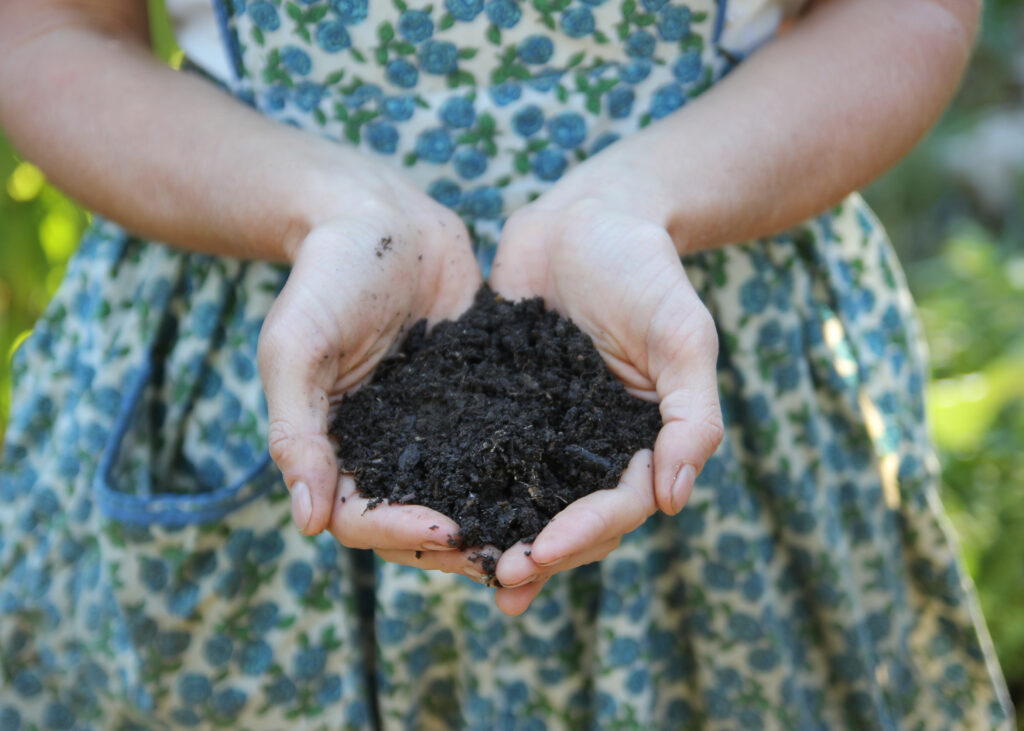
Test the Soil
This may sound daunting, but it’s well worth the effort and doesn’t need to be done often. Garden soil is a living thing that requires air and water, and is full of beneficial microorganisms, worms, minerals and decomposing organic matter. It’s helpful to think of yourself not only as a gardener, but also a soil steward. When analyzing soil, it’s important to consider its structure (how clumpy or loose it is), its pH, and its nutritional makeup to be sure plants will have everything they need to grow. We reach our daily vitamin intake by eating vegetables, while the vegetables absorb their vitamins directly from the soil.
While at-home soil tests are widely available, they are only mildly accurate at best — for detailed results it’s necessary to send a soil sample into a lab for testing. We use A&L Western Laboratories in Modesto, California; they’re fast and affordable.
Add Compost
Only a soil test will be able to determine exactly what nutrients and pH adjustments your garden soil needs, but there are some general additions you can make before spring planting. The most important is adding a nitrogen-rich compost mix, which will replenish the nutrients used up by the summer crops. Compost and organic material are also wonderful for improving soil structure and drainage. In most cases it’s also a good idea to add a balanced blend of other essential nutrients such as phosphorus, potassium and calcium.
To accomplish this, I recommend a few cups of E.B. Stone Organics All Purpose Plant Food, a local Suisun City product that is sold in nurseries and hardware stores throughout the Bay Area. Be sure to mix compost and amendments into the top 8 to 10 inches of soil until well incorporated, which also helps aerate the soil and makes it easier for roots to stretch out to their full potential.
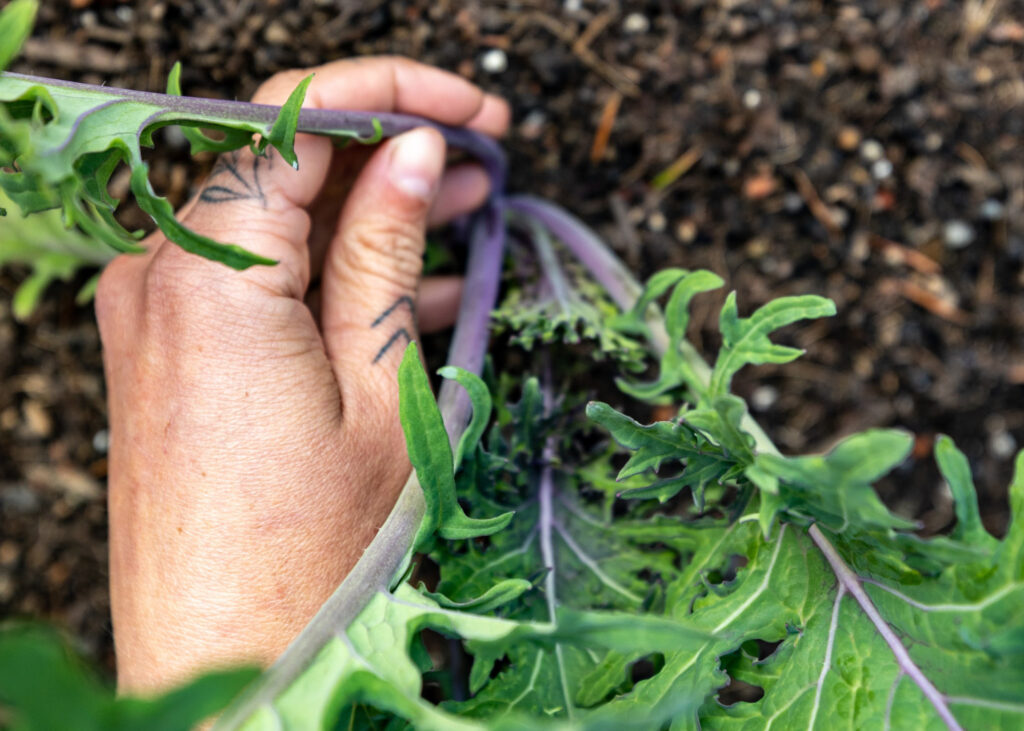
What To Plant Right Now
It’s not too late to plant lettuce, salad mix, arugula, radishes and other fast-growing veggies
in your garden over the next few months. All of these can be easily grown from seed with the same simple steps:
1. Create a shallow furrow in your garden bed with a trowel or your finger, ideally along your drip irrigation line.
2. Sprinkle in a few seeds, roughly 15–20 per foot. The closer together the seeds, the more crowded the plants will be. For full size radishes, you may have to thin them to a fingers-width between plants.
3. Cover lightly with just about a quarter-inch of soil. You don’t want to bury them too deep or else they might not have the energy to reach the surface, but you also don’t want to leave them exposed.




